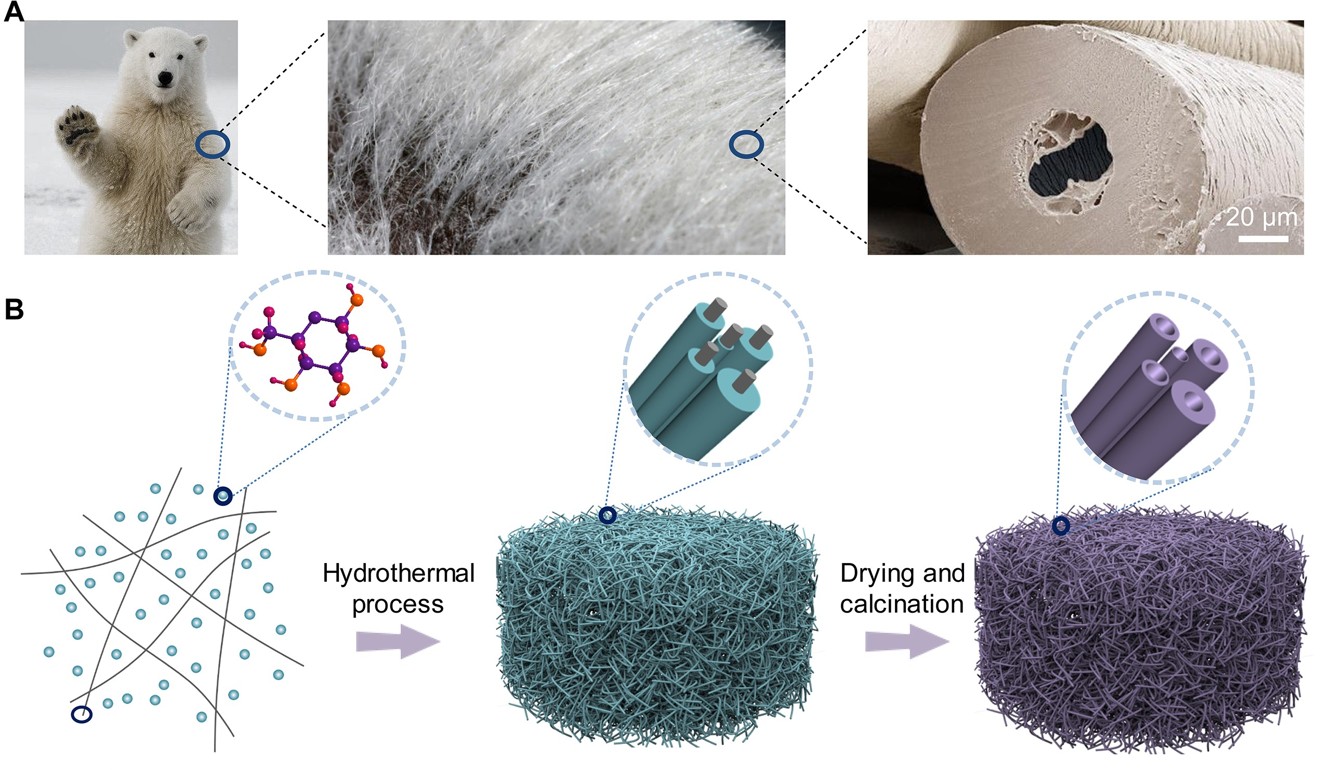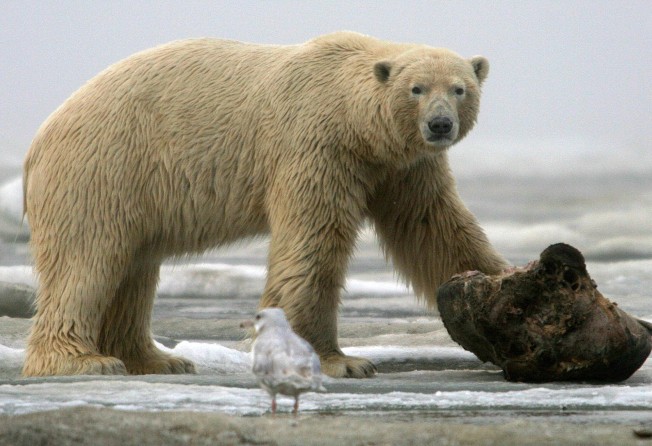
Polar bear’s fur inspires Chinese breakthrough in super insulator for space
- Synthetic material that mimics and improves on nature could be used in China’s hypersonic space plane

What can withstand heat of more than 1,000 degrees Celsius (1,832 Fahrenheit), maintain its elasticity in extreme cold, and dry almost instantly after being submerged in water?
The answer is a new synthetic fur which has been developed by Chinese scientists, who set out to mimic – and improve upon – the unique properties of the polar bear’s coat.
The team, led by Professor Yu Shuhong, was at first simply curious to know what made the polar bear so comfortable and successful in the unforgiving environment of the Arctic.
In their laboratory in Hefei, in the southeastern province of Anhui, they studied polar bear hair with a high-definition microscope and found a unique difference compared to the hair of human beings and other mammals.

It was hollow inside. What’s more, they observed the tubelike hairs intertwined with one another, forming a random network like a bird's nest. Using theoretical models on a powerful computer, the researchers confirmed that the structure was an efficient heat insulator.
The only drawback was its fragility and – according to their research paper in the latest issue of online science journal Chem – the researchers have managed to develop a synthetic version strong enough to withstand being pressed one million times during testing.
The new material was lighter than any heat insulation product in use today, with one cubic metre weighing just 8kg (17.6lbs) and might have applications in many areas, including the hypersonic space plane, under development in China for low-cost transport between space station and Earth, the researchers said.
Liu Jianwei, professor with the chemistry department at the University of Science and Technology of China and a co-author of the paper, said several research institutes and aerospace companies had been in contact to discuss the possibility of mass production.
“It is a super-strong, super-light heat insulator that can be used in hostile environments,” Liu said.
“To find a new material that can be used in critical engineering projects, we needed to make it stronger. We needed to surpass nature.”
The researchers replaced the organic substance of the hair with a carbon material and used it to coat a long, fine thread known as a nanowire which was then removed through a series of physical and chemical processes, leaving a dark-coloured, spongy “fur” about the size of a thumb.
According to their study, the new material outperformed natural polar bear hair in nearly all aspects from physical strength to heat insulation. The next challenge is to develop a process that can produce the material at a scale suitable for industrial use.
At the moment, the thumb-sized sample takes about a week to form and, said Liu, there were still some issues to be resolved before it could be mass produced, including building processing equipment at a much larger scale than what is available in the laboratory. Another challenge will be to simplify and speed up the manufacturing process.